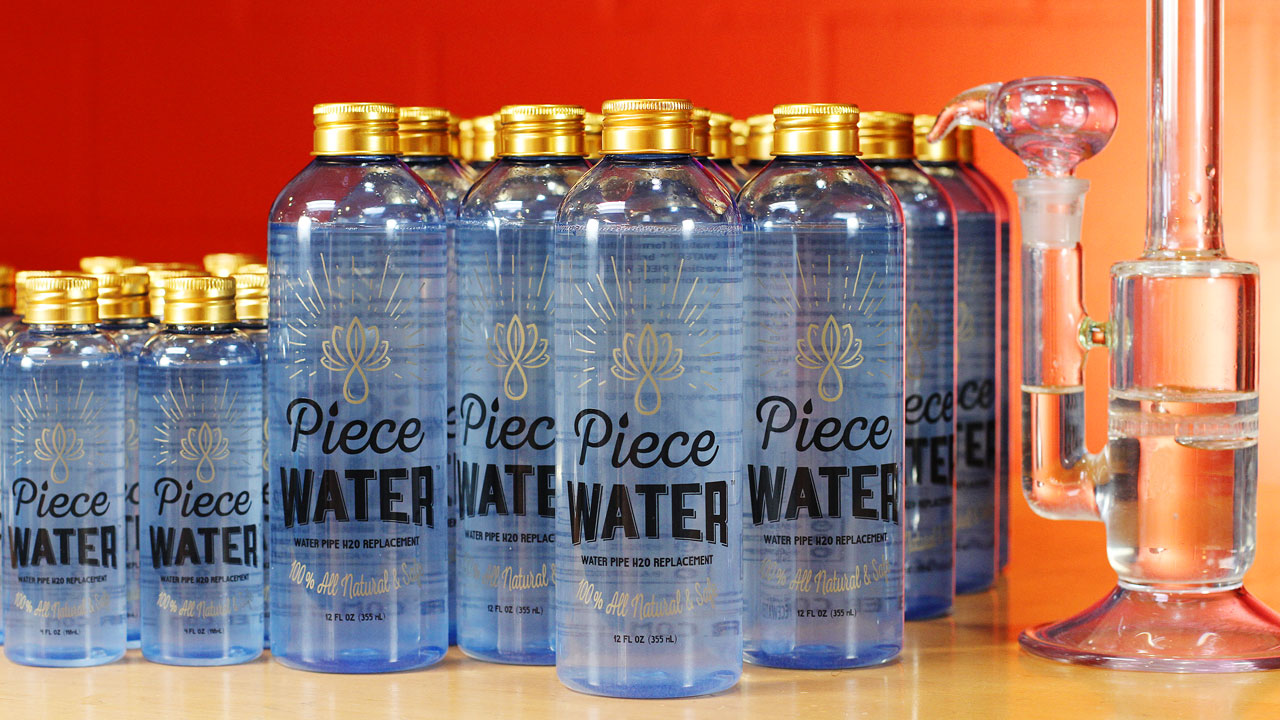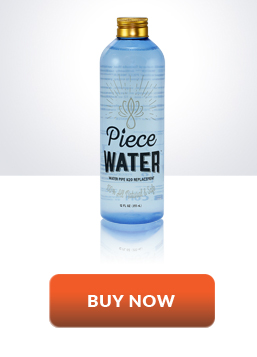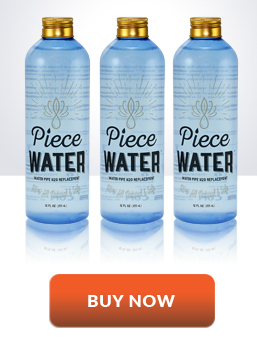HOW TO CLEAN A BONG In 5 EASY STEPS (And how to keep a bong clean in one easy step)
Nobody likes a dirty bong, I mean nobody. Don’t ruin a session with some fine herb or dabs by running it through a filthy bong or rig that looks and smells like it belongs in the tool shed next to the roofing supplies.
In this handy guide we’ll show you how to clean a bong in 5 easy steps. As an added bonus we’re even going to let you in on a little secret that will make it so you’ll never have to follow the steps in this guide again. Ever! Read on friends and fine people!
HOW TO CLEAN A BONG In 5 EASY STEPS
Step 1 GET PREPARED!
You’re going to want to be ready for the task at hand. This means gathering all your supplies for cleaning your bong before you start.
Here’s what you’ll need:
A sink with running water. (Clean your bong before you take it camping)
Salt or Rice. The salt and rice acts as a mild abrasive, which scrubs the inside of your bong-more on this later.
Isopropyl alcohol the higher concentration the better we like 91%. We’ve heard of people recommend using acetone. Please do not use this powerful solvent in your smoking pipe. Not only is it detrimental to your health it also terrible for the environment especially if poured down the drain. Please do not do this!!!!
A few small hand towels to cover the larger openings of the bong.
A few cotton balls for the smaller openings.
Other helpful items include: Bottle brushes, wire hanger, Q-tips and chopsticks
STEP 2.
Take your bong apart and rinse it with hot water. You’ll want to take it apart so each of the parts can be cleaned independently. We prefer using hot water but please take care not to make the water so hot as to burn yourself and drop your glass. Can’t tell you how many pieces we’ve collectively broken this way.
STEP 3:
Depending upon the size of your bong pour some alcohol into each of the openings. Our office bong (so awesome that we have an office bong; right?) holds about 4 OZ of water so we would add roughly that amount of isopropyl alcohol. Now add your salt or rice. A handful usually does the trick. Again all depends on the size of your piece. A small bubbler would require maybe a teaspoon while a giant beaker bong may need as much as a cup of salt or rice.
STEP 4: Block the mouthpiece and stem openings with the towels, cotton balls, or your hands and vigorously shake your bong like there is no tomorrow.
To clean your bowl pieces and down-stems just toss them into separate ziplock plastic bags and add the alcohol and salt that was left over from the bong and shake away again.
STEP 5:
Now it’s time to rinse! Give your bong several good rinses with hot water to make sure there is no more alcohol fumes.
HOW TO CLEAN A BONG BONUS SECTION (The secret that will save you this major hassle in the future):
Now that your bong is nice and clean all you need to do is add some Piece Water to your cherished piece.You will never have to clean it again. Piece Water will keep your bong, rig, or bubbler clean while you smoke and eliminate the hassle of cleaning it-And God forbid breaking it. Piece Water is 100% all natural and non-toxic. When you are ready to change your bong’s piece water simply rinse your pipe with tap water and it will be clean! In addition, Piece Water acts as a filter of particulate matter, which may make for a healthier smoke. You can purchase your Piece Water here.






